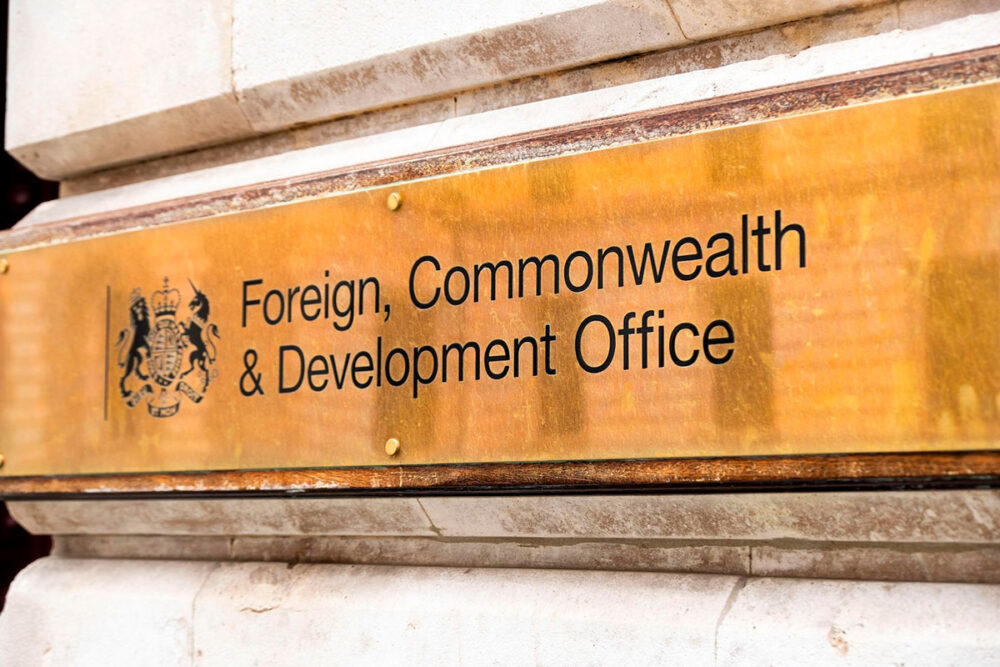Sir John Bourn, head of the National Audit Office, today reported the results of his examination of HM Customs and Excise’s systems for the assessment, collection and allocation of tax revenue during the year ending 31 March 2002.
Customs collected £150 billion (gross) in revenue in 2001-2002. In April 2001 the Department reorganised along functional lines to have clearer management accountability and a sharper focus on delivery. Inevitably with change of this nature some problems arose, and there are areas where controls still need to be improved.
Against that background, Sir John’s report covers: Customs plans for business continuity in the event of external threats being realised; their work in collecting the right revenue at the right time; the resolution of VAT disputes with traders; the introduction of an e-Business environment; debt management; and custody and disposal of seized goods. His examination also covered Customs’ financial accounts. The key findings from Sir John’s work are:
Debt management
There has been a sharp increase in the amount of tax owing to Customs. At March 2002 debt stood at £2.1 billion, an increase of 55 per cent on the previous year and an increase of some 220 per cent since March 1998. This has been due in part to an increase in the identification of VAT Missing Trader Fraud cases, and delays in writing off debt that could not be collected. Some £113 million of the increase was due to the Foot and Mouth outbreak where Customs had allowed traders to defer their payments.
Customs undertook a reorganisation of their debt management structure as at 1 April 2001, involving large-scale changes in information systems, manpower and accommodation. Delays in processing debt in the year were made worse by Customs not foreseeing certain difficulties in their reorganisation associated with the need to recruit new staff and make changes in the IT systems.
Customs have recently completed a review of their debt management procedures and will aim to improve performance by prioritising action on new debt and, over time, reducing the backlog of aged debt.
Custody and disposal of seized goods
Customs’ success in recent years in detecting smuggled goods led to a rapid growth in seizures. In 2001-2002 alone, they seized 1.6 billion cigarettes and 5.4 million litres of beer, wine and spirits, along with other goods such as drugs, vehicles and cash.
The growth in seizures necessitated Customs using private companies to transport and store certain of the goods on their behalf. But Customs’ control over their contractors has not been fully effective due to weaknesses in contract design and performance management. The NAO found: that there were doubts whether all items seized were actually received into a store; that Customs’ staff could potentially amend records of volumes and values of seized goods, or even delete entries inappropriately; and that serious weaknesses existed in stocktaking arrangements.
Without adequate controls and procedures there is a high risk that goods that should be destroyed are not, and may re-enter the market illegally. Customs’ Internal Audit Division found some evidence of goods being misappropriated in this way.
Customs reorganised the Queen’s Warehouse network and in 2002 drew up a strategy to bring their systems under control. They terminated the existing transport and storage contract in June. Under the terms of the new contract, the storage Contractor has introduced a management information system that will enable Customs to carry out independent checks on items held.
VAT repayments: Report on HM Customs’ Trust Statement
In his Report on the Trust Statement, Sir John commented for the second year on Customs’ ability to tackle a specific aspect of VAT fraud, Missing Trader fraud. In some instances this involves the repayment of VAT to traders suspected of being in collusion with fraudsters.
In 2000-01 Customs concluded that it had no option under European Union law other than to make repayments to these traders. Clarification of the legal position has now enabled Customs to refine their strategy for tackling this problem. As a result they are currently withholding substantial VAT repayments, amounting to tens of millions of pounds, pending further enquiries. In addition, they have tightened the VAT registration procedures for traders in order to detect, or deter, those applications likely to result in an attack on the VAT system.
" Customs’ approach to the collection of revenue has shifted to focus on those traders presenting the greatest risk of non-compliance. In 2001-2002 they were able to identify £2.5 billion net underpayments, some 5 per cent more than in the previous year. But I was concerned to find that in the same year the amount of tax owing to Customs increased markedly. Customs’ latest debt figures show some signs of improvement, but they have a long way to go.
" It will be of concern to everyone that there have been serious weaknesses in Customs' systems for holding and disposing of seized goods. Customs are implementing a range of measures to address these weaknesses but they could have been quicker to deal with serious underlying problems."
Commenting today on his audit, Sir John Bourn
Publication details
- ISBN: 010156712X [Buy a hard copy of this report]
- HC: Cm 5671 2002-2003


